In our work at Babies Project, we meet new people every day. Many of them are babies. We’d like to share what we’ve learned from our experiences, with the support of our values, principles and ongoing conversations and questions. We offer this in the hope that it might lead to more fruitful, mutually enriching meetings between babies of all ages.
As a foundational principle and framework, we believe that babies come in as whole people with a sense of agency and the ability to make choices. The non-verbal aspects of an interpersonal interaction, which are always present, come forward when we’re meeting a baby who isn’t yet able to comprehend the content of our words or to respond verbally. Given this:
- How can we engage with babies in ways that acknowledge and respect their agency?
- How do we initiate our interactions in a way that allows a baby to make choices about their participation and engagement?
Here are some of our suggestions:
- When approaching a caregiver and baby – especially for the first time and also every time – we might first consider whether the caregiver is available (and interested) in interacting with us and supporting their baby in engaging (or not). Are we respecting the agency and choices of the caregiver, or does the presence of a baby tend to push those considerations to the side? If we’re not sure, we might ask!
- We might consider our speed and rhythm as we approach a baby, as we come into their line of sight. Depending on their developmental age, a baby’s timing – the time they need to perceive and respond – is slower than an adult’s, and babies are generally quicker to startle.
- We can pause when the baby sees us – and wait. We can give the baby time to take us in and check us out. They might be considering whether they feel safe (whether we seem safe), and whether they’re interested in interacting with us. They might be more interested in something else in their environment. This part of the process might feel slow and awkward, but coming in faster can override and overwhelm a baby’s sense of safety and comfort. Can we respect where the baby is. Can we respect the baby’s process and timing and be willing to wait.
- We might consider our approach as an invitation or a request to the baby for connection, rather than a need, demand, or expectation. How do we express an invitation (vs. a need) in our facial expressions, voice, body language, movement and spatial relations? When we make a request for connection, are we able to accept and allow a baby to say “no,” however they might express it?
- Is there a particular response that we want from a baby – a smile, a wave, or something else? Of course we want a heart-melting smile from a baby! And/but – is a smile (for example) the only acceptable response; is not smiling or turning away also a choice? Do we continue to try to elicit the response we’re looking for? When does enticing become overstimulating, demanding, or even coercive? How do we interpret a baby’s response when they don’t smile – that they don’t like us, that the baby is having a bad day, that the baby has “stranger danger”? (Unpacking “stranger danger” is another topic we have thoughts on, for a future blog post.)
- What if we allow the baby to initiate social engagement, rather than expecting it or forcing it on them. If and when a baby smiles, of course we return the smile with one of our own! And we can also consider letting the smiles modulate at some point to something less “high tone.”
- We can consider questions of permission and consent before touching a baby. We can check in with the caregiver, asking them if it’s ok to touch their baby! And we can check in with the baby, even though they can’t yet give verbal consent. (That’s a whole other blog post.)
- As always, what we learn in meeting babies applies to people (babies) of all ages. How might considerations around meeting a baby be relevant in meeting other populations: people of all ages – children, adults, and elders, and people of diverse abilities, including those who cannot verbally communicate?
After meeting hundreds of babies, we’ve come to respect and appreciate when a baby doesn’t immediately smile when we meet them. We want to help create a world where babies are supported in finding their own way to comfortable social interactions (which may not involve smiling), a world where a baby’s sense of safety, comfort and curiosity is respected, a world where babies can choose to turn away from social interactions for any reason.
In this way, if and when a baby does smile at us, it’s freely given and coming from within. That’s what we want, for the baby and ourselves.
* * *

